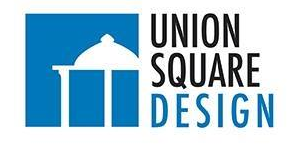A Brief Guide to PHP: Hypertext Preprocessor
PHP, short for PHP: Hypertext Preprocessor, it is a coding language that can be used with HTML. Before you begin to learn this language, you should have a grasp of HTML, CSS, and JavaScript. PHP is free to download and use, because it is an open-source scripting language. It’s very popular and powerful, which is why you should learn it.
What does PHP do?
Like other languages, PHP can collect form data, create dynamic web pages, and send and receive cookies. This language also does something called server-side scripting. This means that PHP will output something, while browsers and clients will view it as plain HTML. This way, users can’t tell what’s up your sleeve. This language is very powerful — powerful enough to run Facebook, the largest social media website. It’s also at the very core of WordPress! But you can be a beginner and learn this code as well, which is why it’s so popular. People use PHP to create dynamic web pages quickly. It can be used on all major operating systems, such as Windows and Mac. Also, this language isn’t just used to output HTML. You can use it to output images, PDF files and Flash movies as well! All of this can be done quickly.
The History of PHP
The creation of this language began in 1995. It was sort of created by accident; Rasmus Lerdof started writing a code for his personal homepage based off of another language, C. A development team formed, and officially released the earliest form of PHP in 1997. Zeev Suraski and Andi Gutmans rewrote the code, releasing updates in 1998 and 1999. Over the years since then, new forms of PHP have come out. Today we use the 7th version.
Overall, this code is very useful for web development. If you’d like to expand your knowledge of coding, learning this language will give you an edge in the job market.




